From Python's NumPy to R's ggplot2, explore the must-know libraries that are changing the face of data analytics and machine learning.
More...
Data science is more than a buzzword; it's a multidisciplinary field that leverages a plethora of tools, methodologies, and libraries. These libraries are critical assets in a data scientist's arsenal, assisting in tasks ranging from data manipulation to machine learning, big data processing, and more.
This article aims to provide an exhaustive overview of these data science libraries, with a focus on the languages they are built upon—Python and R—and the specific types of IT professionals who primarily use them.
What is Data Science?
Data Science is an interdisciplinary field that combines statistical analysis, programming, and domain-specific expertise to derive insights from complex data. It encompasses various techniques for data collection, pre-processing, analysis, visualization, and interpretation. Data scientists use a myriad of libraries and tools to perform these functions, transforming raw data into actionable insights.
The scope of Data Science is vast and includes but is not limited to:
- 1Descriptive Analytics: Summarizing and understanding data attributes, often visualized through charts and dashboards.
- 2Predictive Analytics: Utilizing machine learning algorithms to forecast future trends based on past data.Prescriptive Analytics: Recommending course of actions based on data-driven insights.
- 3Prescriptive Analytics: Recommending course of actions based on data-driven insights.
- 4Text and Sentiment Analysis: Extracting and interpreting information from unstructured text data.
- 5Big Data Processing: Handling large-scale data sets and extracting valuable information from them.
By amalgamating elements from statistics, computer science, and information theory, Data Science serves as the backbone for decision-making in various sectors including healthcare, Fintech, marketing, and more.
Data Science Libraries
NumPy: The Mathematical Backbone

Language: Python
Who Uses It: Data Scientists, Data Analysts, Machine Learning Engineers
NumPy (Numerical Python) is a linchpin in numerical computing within the Python ecosystem. Its array object supersedes traditional Python lists in computational efficiency and is indispensable for tasks such as linear algebra, Fourier transform, and random number generation. NumPy's architecture allows for efficient memory management and optimized performance, making it the first choice for scientific computation.
Pandas: Mastering Data Manipulation

Language: Python
Who Uses It: Data Scientists, Business Analysts, Data Engineers
Pandas is an all-encompassing Python library for data manipulation and cleaning. It integrates high-level data structures like DataFrames and Series with methods to handle everything from reshaping to merging datasets. Its capabilities to read and write a wide variety of file formats make it versatile and central to any data manipulation task.
Matplotlib: Data Visualization Perfected
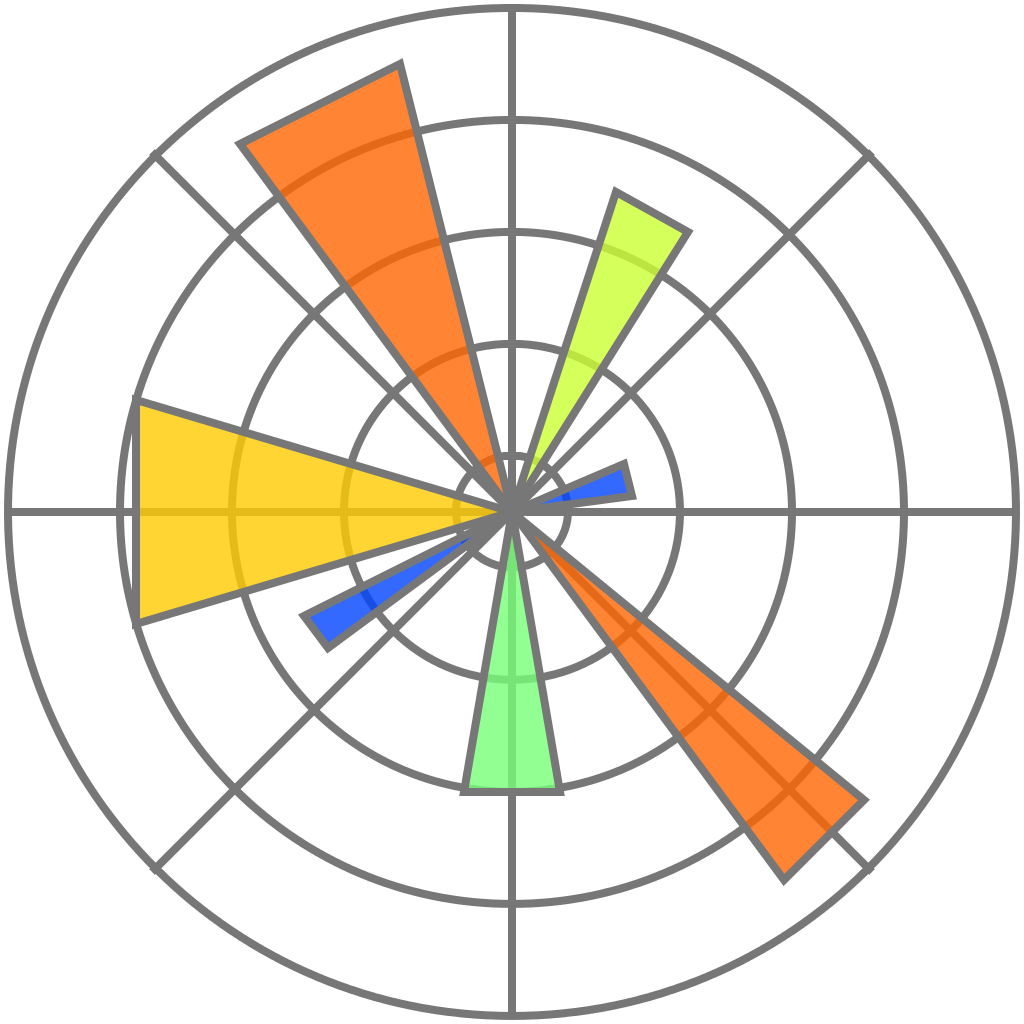
Language: Python
Who Uses It: Data Scientists, Data Visualization Experts, Research Scientists
Matplotlib is Python's de facto library for creating a wide variety of visualizations. With high levels of customizability, Matplotlib allows for in-depth storytelling through data representation. It supports diverse plot types, including line charts, scatter plots, and heatmaps, giving the user substantial control over the visual aesthetics.
R Packages: The Statistical Toolkit
ggplot2: Excellence in Visual Aesthetics

Language: R
Who Uses It: Statisticians, Data Scientists, Data Analysts
ggplot2 is more than a simple plotting package; it's a comprehensive system for declaratively creating graphics. Built on the concepts of 'The Grammar of Graphics,' ggplot2 allows for intricate plot layering, making it possible to create complex visualizations with high precision and aesthetics.
Tidyverse: Data Manipulation Made Easy
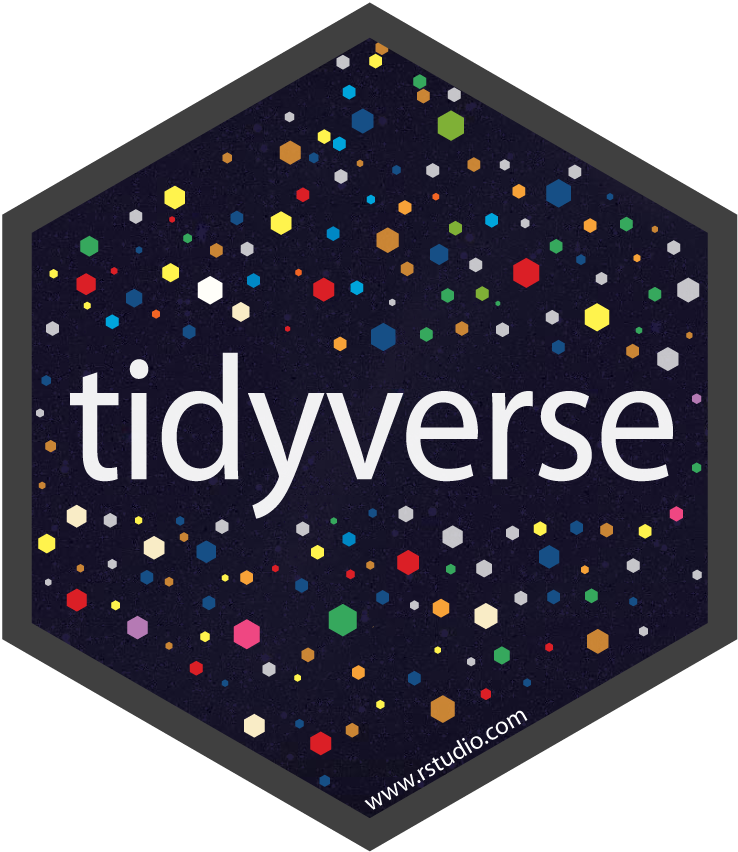
Language: R
Who Uses It: Data Scientists, Academicians, Statisticians
Tidyverse is an opinionated collection of R packages optimized for data science. It enriches R’s data manipulation capabilities through packages like dplyr and tidyr, which allow for more intuitive syntax and streamlined data cleaning and transformation.
caret: Streamlining Machine Learning

Language: R
Who Uses It: Machine Learning Engineers, Data Scientists, Statisticians
The caret package serves as a comprehensive resource for training and visualizing classification and regression models in R. Its utilities for data splitting, pre-processing, feature selection, model tuning, and visualization simplify the machine learning workflow, making it a preferred tool for predictive analytics.
Machine Learning with Data Science Libraries
Scikit-learn: Simplifying Machine Learning

Language: Python
Who Uses It: Machine Learning Engineers, Data Scientists, Research Scientists
Scikit-learn provides a robust set of machine learning algorithms for Python. Whether you're interested in clustering, classification, or regression, Scikit-learn offers clean and efficient APIs for data modeling, as well as utilities for data preprocessing, model evaluation, and hyperparameter tuning.
TensorFlow and PyTorch: Champions of Deep Learning

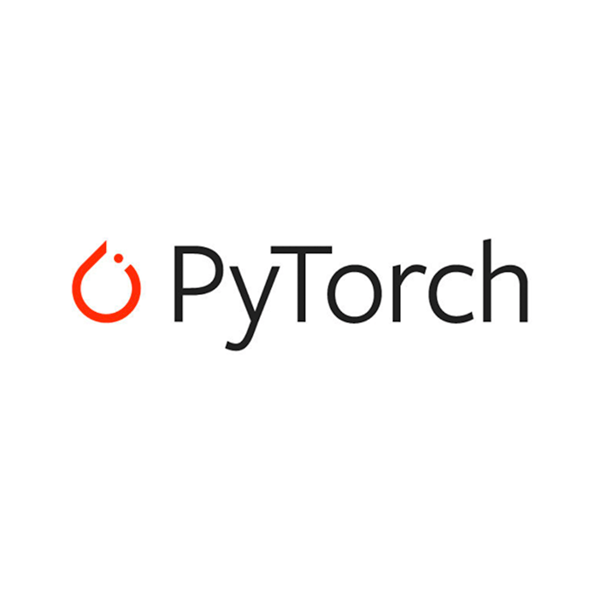
Language: Python
Who Uses It: Deep Learning Engineers, Research Scientists, AI Specialists
TensorFlow is designed with a focus on production deployment, offering robustness and scalability, while PyTorch excels in providing a dynamic computation graph, making it research-friendly. These libraries facilitate neural network design and training, offering extensive libraries and community support.
Big Data with Data Science Libraries
Apache Hadoop: The Framework for Scale
Language: Java
Who Uses It: Data Engineers, Big Data Architects, DevOps
Apache Hadoop is an open-source framework for distributed storage and processing of large data sets. By employing MapReduce programming model, it offers a cost-effective, scalable, and fault-tolerant environment for big data analytics.
Apache Spark: Speed and Efficiency
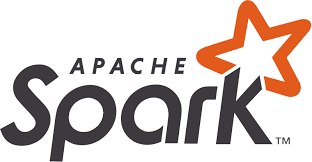
Language: Scala
Who Uses It: Data Engineers, Big Data Analysts, Data Scientists
Apache Spark has distinguished itself in the realm of big data computing through its in-memory data processing capabilities, which drastically reduce I/O operations and accelerate tasks such as querying and machine learning.
SQL Tools: Beyond Just Querying
SQL Workbench: Comprehensive Data Management

Language: SQL
Who Uses It: Database Administrators, Data Analysts, Data Engineers
SQL Workbench offers a range of functionalities, including data import/export, transaction control, and batch scripting. It supports various relational databases like MySQL, PostgreSQL, and SQL Server, allowing for extensive data manipulation.
Mode Analytics: Where Querying Meets Collaboration

Language: SQL, Python
Who Uses It: Data Analysts, Business Intelligence Professionals, Data Scientists
Mode Analytics combines the power of SQL queries with Python notebooks to provide a unified workspace. Its collaborative features, such as shared dashboards and real-time editing, facilitate teamwork in data projects.
Mode Analytics: Where Querying Meets Collaboration

Language: SQL, Python
Who Uses It: Data Analysts, Business Intelligence Professionals, Data Scientists
Mode Analytics combines the power of SQL queries with Python notebooks to provide a unified workspace. Its collaborative features, such as shared dashboards and real-time editing, facilitate teamwork in data projects.
Hidden Gems in Data Science
Beautiful Soup: The Web Scraper's Ally

Language: Python
Who Uses It: Data Scientists, Data Engineers, Web Developers
Beautiful Soup simplifies the complexities of web scraping. Its capacity to parse HTML and XML documents allows for easy navigation and tag-based searching, making it a go-to library for web data extraction.
NLTK: The Linguist's Toolkit
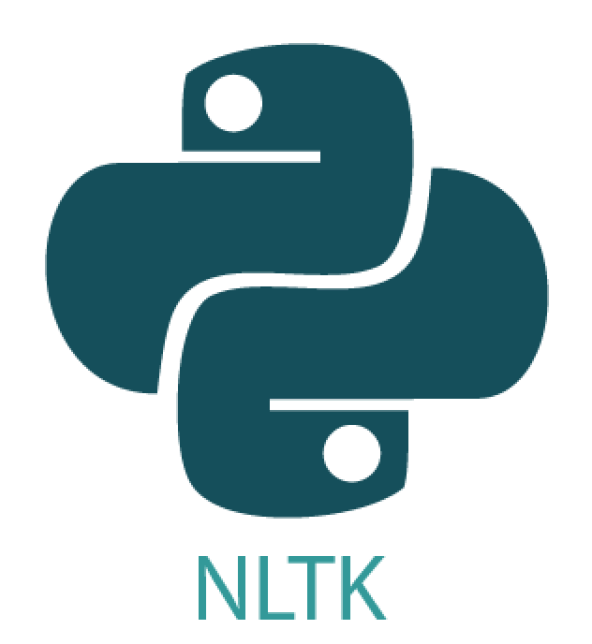
Language: Python
Who Uses It: Data Scientists, NLP Researchers, Linguists
NLTK (Natural Language Toolkit) provides an extensive suite of libraries and programs for symbolic and statistical natural language processing. It covers tasks ranging from text classification to sentiment analysis and syntactic parsing.
FAQs about Data Science Libraries
What is a Data Science Library?
A library in data science encapsulates pre-compiled routines and algorithms, aimed at facilitating various data science tasks such as data manipulation, statistical modeling, machine learning, and more.
Python vs. R: Which is Better?
Both languages have their merits. Python offers general-purpose versatility and a larger ecosystem, while R specializes in statistical analysis and data visualization.
How to Choose the Right Library?
Selecting the right library should align with the project's objectives, the type of data you're working with, and the analytical techniques required. The choice may also be influenced by the proficiency of the team in a particular programming language.
Is Machine Learning the Same as Data Science?
While they are interconnected, they are not synonymous. Data science is a broader umbrella that involves extracting insights from data. In contrast, machine learning is a subset focused on developing algorithms to make predictions or automate decision-making.
Is Big Data Relevant?
Yes. Big data frameworks and libraries enable the handling and analysis of voluminous and complex data sets, which are increasingly common in today's data-centric world.
Data science libraries are more than mere tools; they serve as the foundation for innovation in a wide array of sectors, including healthcare, finance, and automation.
These libraries are tailored to meet the needs of different IT professionals—be it data analysts, machine learning engineers, or big data architects.